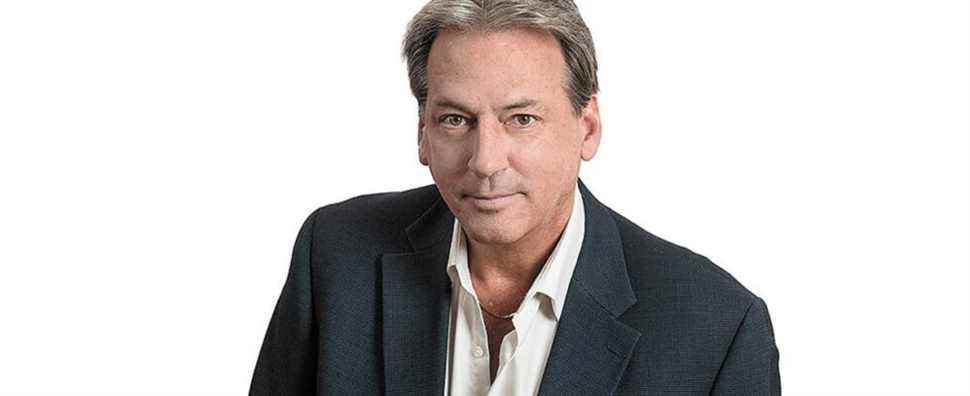Bets are off on the timing of the Bank of Canada’s first key rate hike since October 2018. In the second half of the year, the Bank of Canada said recently. In April, believes the Conference Board. In March, replies the National Bank. But maybe as early as next week, do we start scripting.
Inflation measured by the Consumer Price Index reached 4.8% on an annual basis in December. It has not been so strong since September 1991, Statistics Canada said on Wednesday. It has remained above the Bank of Canada’s target range of 1-3% for nine months now. And the game of expectations could fuel the emergence of a price-wage spiral that the monetary authorities do not want.
Consumer expectations raised in theSurvey on consumer expectations, published Monday by the central bank, suggest an increase in the CPI to 4.9% over a one-year horizon, 4.1% over a two-year horizon and 3.5% over five years. On the business side, two-thirds of respondents now believe that inflation will stay above 3% for the next two years. All of this raises fears of a “de-anchoring” that could lead to an inflationary spiral.
The Bank of Canada will therefore have to bring inflation under control quickly, with a key rate hike in sight. Recall that National Bank economists predict five increases in the central bank’s overnight rate target in 2022, which would then rise from 0.25% to 1.5%, not far from its pre-pandemic level of 1.75%. .
As for the beginning of this bullish momentum, economists believe that it could start as early as next week. Jean-François Perrault, chief economist at Scotiabank, is one of them. He said on Monday that he now believes that the first increase will occur on January 26, and not in April. He thinks the key rate will rise by 175 basis points in 2022 to settle at 2%, reads a text from The Canadian Press.
However, this is not the dominant scenario, many recalling that in October, when announcing the end of the quantitative easing program, the Bank of Canada had also sent the message of an increase, admittedly earlier, of its key rate. , but somewhere in the second or third quarter of 2022. The economy should not absorb its excess capacity before 2023, it said at the start of the year, and then evoked the second half of 2022.
Be that as it may, it is true that the Omicron variant should weigh down the January employment figures and postpone the erasure of excess capacity somewhat. But we note that the labor market has recovered from the deterioration resulting from the restrictive measures and that it remains very tight, which reinforces the sectoral labor shortages. That the amplification of speculative forces is fueling overheating in real estate and that budgetary and fiscal policies remain stimulating, albeit decelerating.
However, the indebtedness of households, companies and governments is curbing enthusiasm, while the imbalances in the residential real estate market caused by the health crisis are worrying.
Influence of supply chains
Also, inflation clinging stubbornly around 5% is not without reflecting the influence of distortions on the supply chains that Omicron reinforces. In October, the Bank of Canada pointed out that the main forces propelling higher prices, namely soaring energy prices and bottlenecks restricting supply, “now seem more powerful and more persistent than thought”.
However, raising interest rates will not reduce the supply shock. “It is difficult for central banks to fight against inflation caused by supply problems […]Raising interest rates in this environment would not help solve supply-side problems. The best remedy would be a favorable evolution of the pandemic with the withdrawal of health measures, ”writes Hendrix Vachon, senior economist at Desjardins Group.
Balance sheet of central banks
In order to reduce the magnitude of the future rate hike, it is proposed that the normalization of monetary policy be followed by a deflation of the central bank’s balance sheet swollen by asset purchases in the context of quantitative easing . “We believe that forecasts of key rate hikes must take into account a start of a reduction in the size of balance sheets in 2022. All other things being equal, fewer key rate hikes would then be required to moderate inflation” , continues the Desjardins economist.
If necessary, the right balance between the rise in rates and the sale of assets will become the key element. The American experience has already demonstrated the difficulties of such a transition and its destabilizing effect on the stock and bond markets, reminds us Warren Lovely, strategist at the National Bank. Combined with an increase in the key rate, this shedding can cause an overly disproportionate tightening effect.
The sometimes tumultuous experiment begun in 2013 by the Chairman of the Federal Reserve, Ben Bernanke, and successfully completed in 2018 by Janet Yellen, was carried out in a context of virtually absent inflation.
